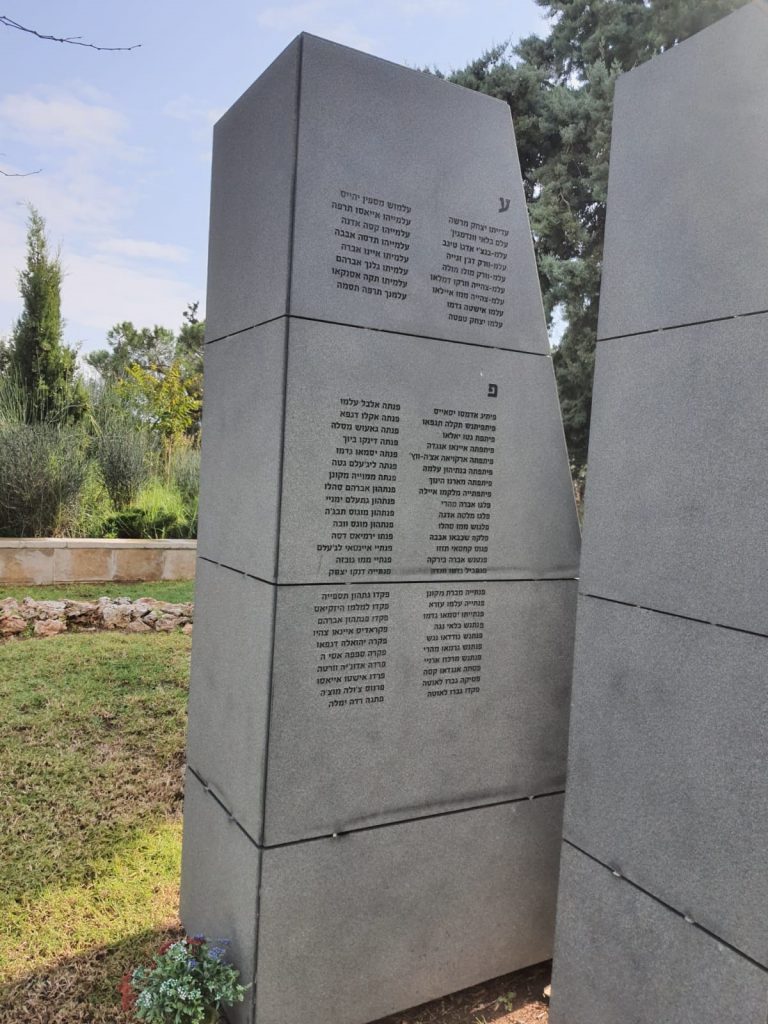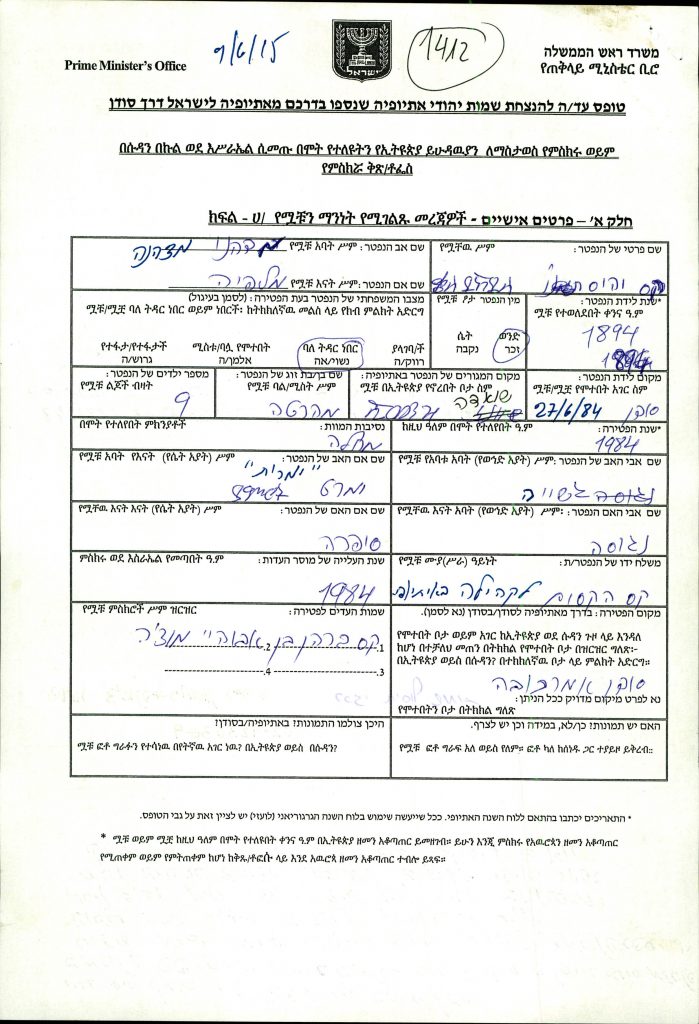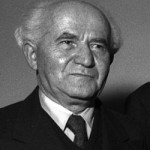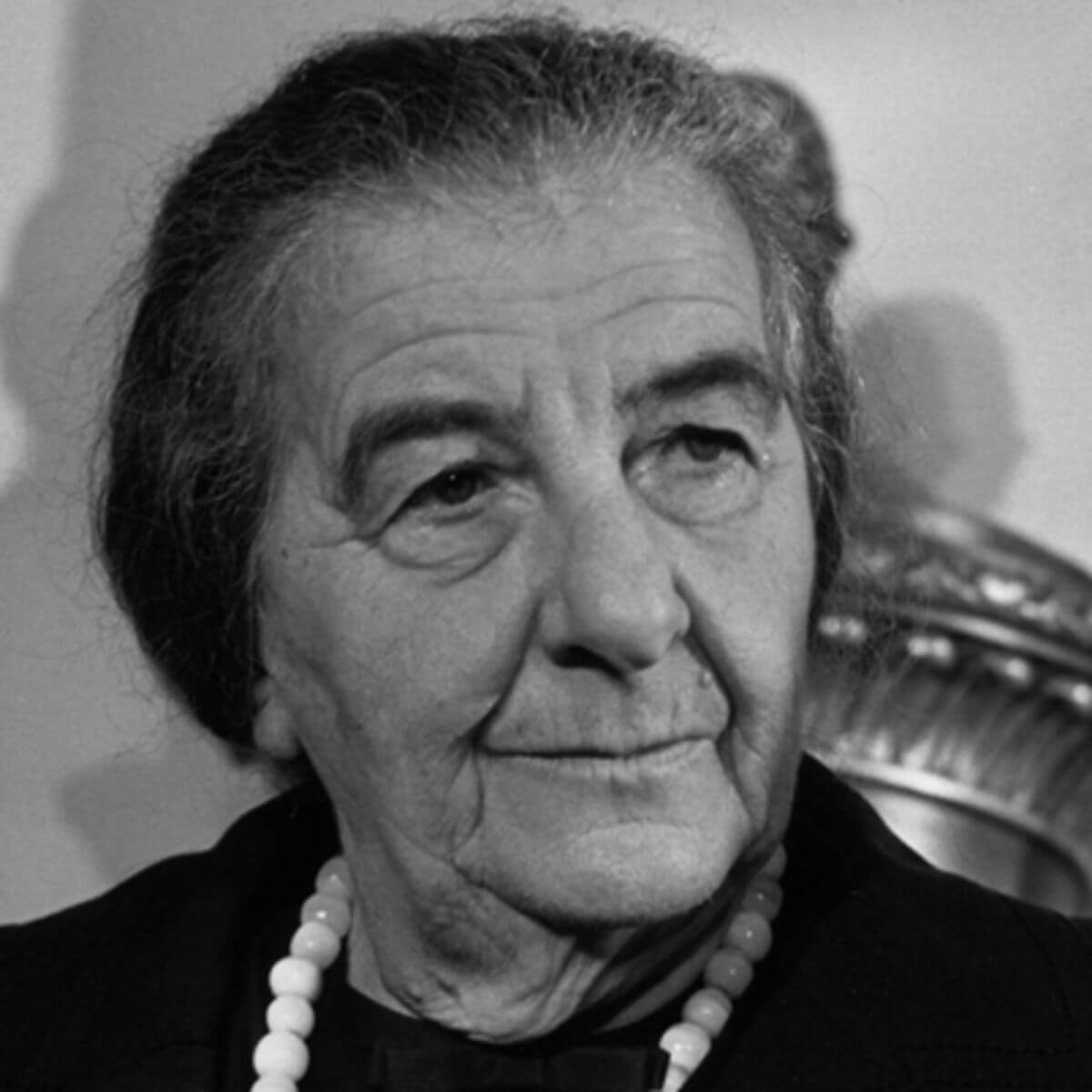א.1 | The dangerous and heroic journey from Ethiopia to Sudan
This publication presents pages of testimony, specially designed forms filled out in memory of the Jews who died on their way to Israel, generally in the Sudan, in 1979-1990.
For generations, members of the Beta Israel community in Ethiopia have sought to immigrate to Israel. Since the 19th century, there have been attempts to realize this dream – but until the 1970s very few immigrants arrived, even after the establishment of the state in 1948. Even after they were recognized as Jews by the Chief Rabbinate and the government extended the Law of Return to them, the Marxist regime which ruled Ethiopia opposed the emigration of its citizens. But in the late 1970s the wars against the province of Eritrea and other rebels and natural disasters caused a large-scale migration of people from northern Ethiopia to Sudan to seek refuge there. Among the refugees were also Jews.
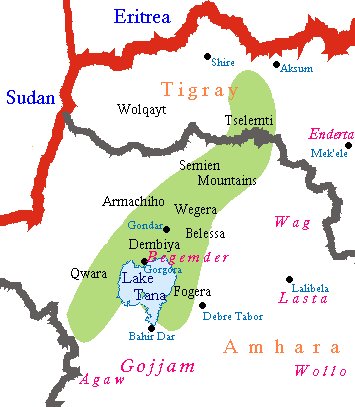
Map of the areas settled by the Beta Yisrael community in Ethiopia, Wikimedia
Mossad emissaries began secretly assisting and directing these Jews to bring them to Israel. Some of them took flights from Khartoum to intermediate stations in Europe and from there to Israel. Some were flown directly from the deserts of Sudan to Israel and some were taken out by sea. The culmination of the effort was “Operation Moses” in 1984-1985, carried out with US aid and after secret coordination with Sudanese ruler Ja’afar Numeiry. In January 1985 this operation was suspended by Sudan after leaks to the media.
The journey to Israel via Sudan was extremely dangerous. Jews living in the villages of northern Ethiopia organized in secret groups and set out on a long and difficult journey on foot, in the mountains and in the deserts. They used to walk at night and hide during the day. They were helped by guides – but some of these guides betrayed them and abandoned them before reaching their destination. They were often attacked by robbers who took not only their money but also their food. The Jews sometimes encountered Sudanese soldiers who abused them and even returned them to Ethiopia. On reaching Sudan the Ethiopian Jews found shelter in refugee camps in Sudan, mainly Um Rakuba, Gedarif and Tuba. It was here that mortality from hunger, disease and all kinds of other factors increased greatly. Many of the immigrants reported the deaths of their loved ones from injections that were supposed to help them.
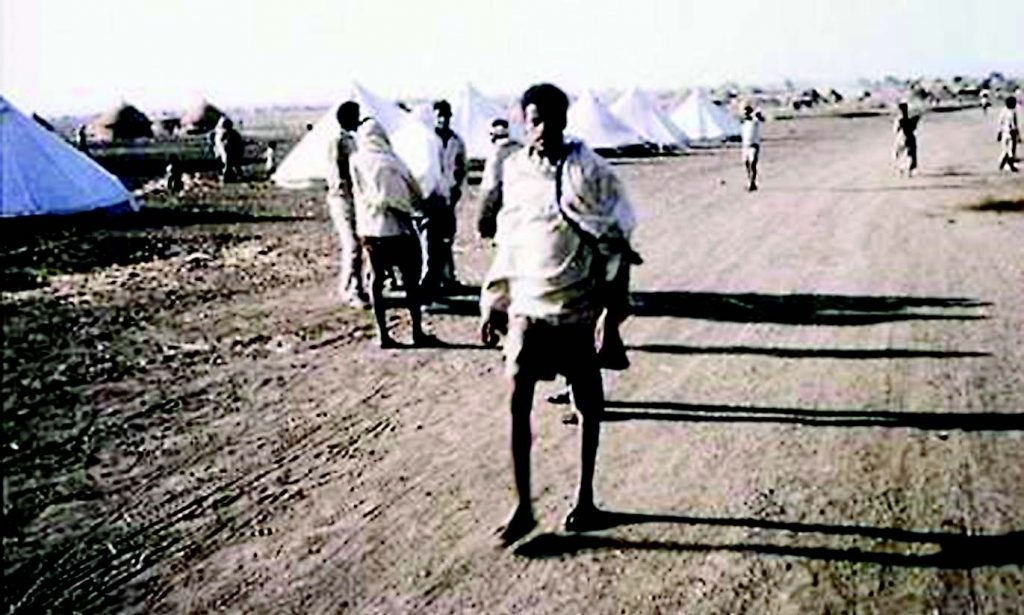
Refugee camp in the Sudan. Photograph: “The Power of One: Ferede Yazezew Aklum”, courtesy of the Yerusalem Forum
It is believed that 18,000 or more Jews came from Ethiopia to Sudan. About 16,000 of them managed to reach Israel, but between 2,000 and 4,000 died on the way, in Ethiopia or in Sudan. After “Operation Moses” and its successor, “Operation Joshua”, the wave of emigration to Sudan diminished and many Ethiopian Jews began to move to Addis Ababa, where they crowded together in a kind of refugee camp. Most of them immigrated to Israel in 1991 in “Operation Solomon.”

